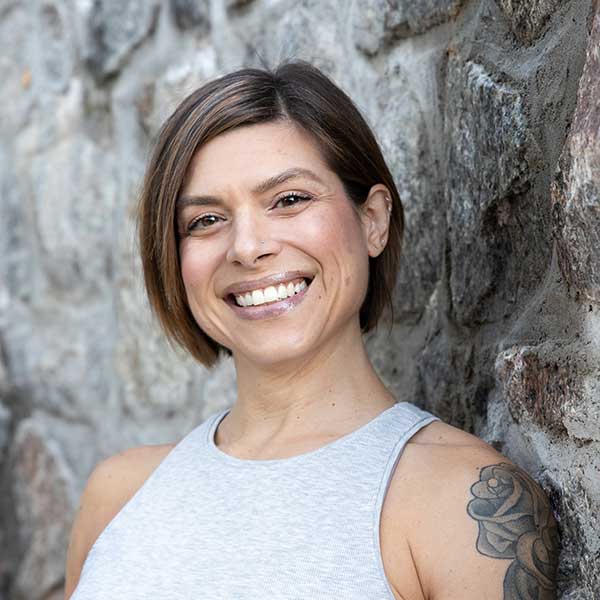Hatha Yoga Timeline

Q: Does practicing Yoga make you a Hindu?
A: Great question! You can subscribe to any religion, philosophy, or spiritual practice or to none at all and experience the healing benefits of Yoga. Yoga now mostly means a class we attend or a series or flow of postures (asanas). The word Yoga comes from yoke, meaning to join.
“Yoga means yoking the finite, mental consciousness to infinite consciousness.”
From The Living Gita
Yoga helps us create connections: maybe we feel disconnected from our body because we spend too much time in our heads for work or school; maybe we feel disconnected from our emotions because we never learned that it was ok to feel our feelings; maybe we long for connection to other people or to something greater than ourselves. Where ever we are on our journey, the practice of yoga can help.
Here is a summary of how the ancient practice of yoga become the modern yoga we love today:
The Vedas (ved = truth, knowledge), ancient Hindu texts, were written as far back 2500 B.C.E. and before that, passed down orally. There are four main books and each is divided into four main parts, including the Upanishads which is the last and most important of each. It is in the Upanishads that Hatha yoga is mentioned. Ha=sun, which represents prana, and Tha=moon, which represents the mind. The goal of Hatha Yoga is to balance body, mind, and energy. All yoga we practice in a class or on a mat today is Hatha Yoga.
Bhadavad Gita, written 500-100 B.C.E. is found in the Vedas. It focuses on the paths of Karma Yoga (selfless service), Bhakti Yoga (devotion), and Jnana Yoga (knowledge). Sloka 2.48 defines yoga as “equanimity of the mind.”
The Yoga Sutras of Patanjali, written c. 200 C.E., focus on the path of Raja Yoga (mastering the self and controlling the mind). Raja means royalty or king and is synonymous with Ashtanga Yoga (ashta=eight, tanga=limbs). Patanjali’s eight limbs were influenced by Buddha’s Eightfold Path:
- Yama: Non-harming, truthfulness, non-stealing, moderation, and non-attachment
- Niyama: Cleanliness, contentment, self-discipline, self-study, surrender
- Asana: One sutra about postures, 2.46: “Sthira Sukham asanam.” Posture is steady and comfortable.
- Pranayama: Expansion of vital life force a.k.a breath practices
- Pratyahara: withdraw from the senses
- Dharana: concentration
- Dhyana: meditation
- Samadhi: Nirvana, enlightenment
Up until about 900-1000 C.E., yogis were mostly focused on meditation and believed that the body was a hindrance to enlightenment. Then Hatha yoga, a system to prepare the body for meditation, became popular. Hatha Yoga Pradipika, written between 500-1400 C.E., outlines pranayama, 84 asanas, shatkarma (cleansing techniques such as neti pot), mudras, and bandhas. Hatha yoga is the practice of limbs 3-8.
Yoga philosophy was introduced to the U.S. when Swami Vivekananda spoke at The Parliament of Religions in Chicago in 1893. His message of oneness resonated. In the book Pathways to Joy, he outlines the four main paths of yoga Karma Yoga, selfless service, Bhakti Yoga, devotion, Jnana Yoga, knowledge, and Raja Yoga, controlling the mind (Raja Yoga a.k.a Astanga Yoga of which limbs 3-8 are Hatha Yoga). He says “Both the goal and the method employed for reaching it are called yoga.” There are six systems of Indian philosophy, including Yoga and Vedanta. Vedanta, which focus on the philosophical teachings of the Upanishads, is the message Vivekananda was sharing.
Back to the Hatha Yoga lineage: There we find Krisnamacharya (1888-1989), teacher to his son T.K.V. Desikachar (1938-2016), who teaches Pattabhi Jois (1915-2009) and B.K.S. Iyengar (1918-2014). Pattabhi Jois develops a series of poses he calls Asthanga (not to be confused with Patanjali’s Ashtanga Yoga). This is where we get the Vinyasa flow we love. Most importantly, Yoga is practiced here today thanks to B.K.S. Iyengar and his 1960’s book Light on Yoga. In it, he outlines pranayama, bandhas, and 200 asanas. He is credited with bringing the physical practice to the West.
This is just a summary. There are many other systems and teachers that influence the practice today. I hope this basic timeline inspires you to learn more and brings even more depth and meaning to your practice.
Namaste
Alicia Cross is a Certified Personal Trainer, Wellness Coach, and Yoga Instructor with more than 15 years’ experience working with clients in classes and one-on-one. She is a yogi, meditator, vegan, and lifter of heavy things. If you’re ready to discover the strength and peace that comes from within, email Alicia@AliciaCrossTraining.com.
Related Posts:
Practice the 8 Limbs of Yoga to Address the 5 Layers of Being


